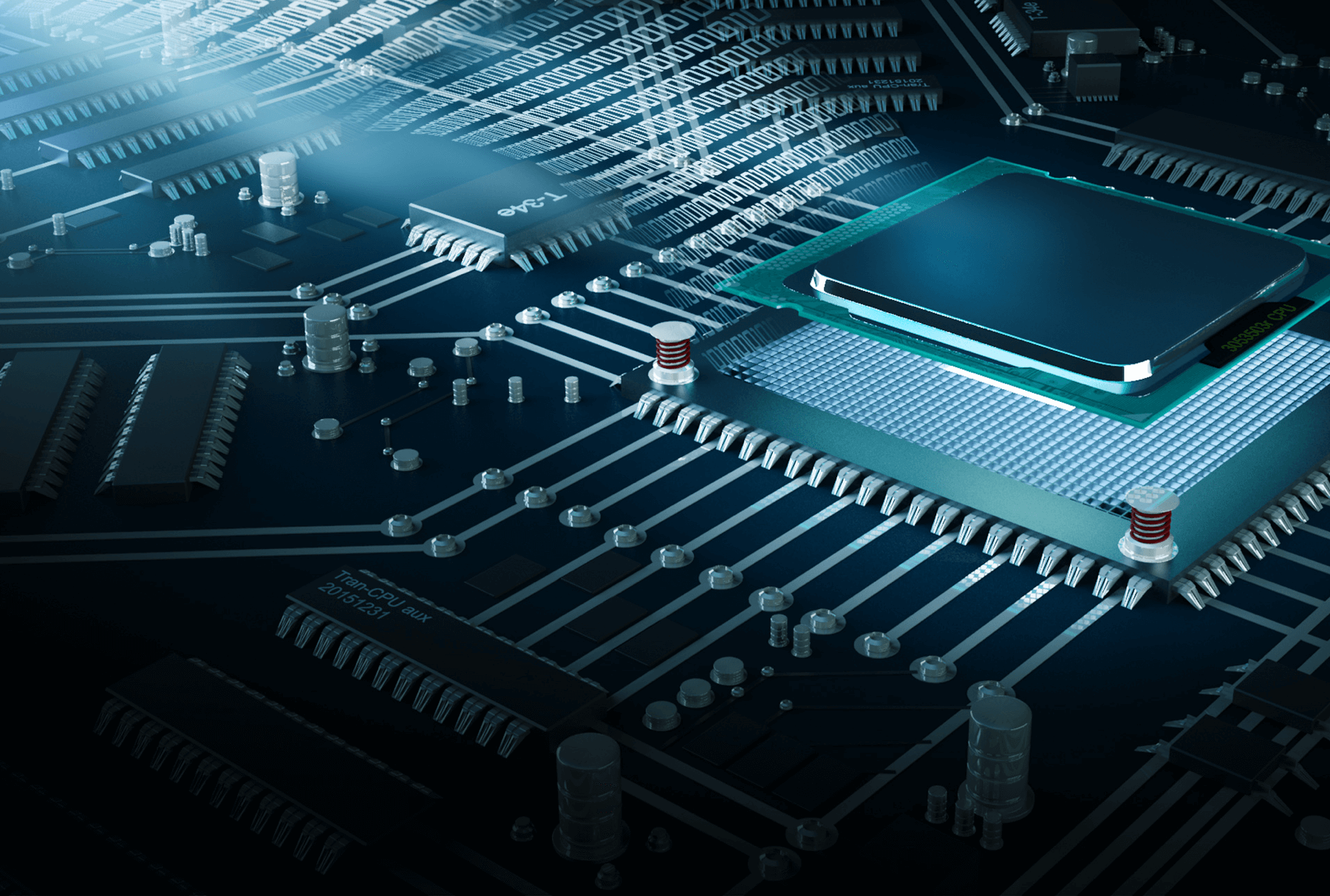Platform: Trustworthy Ambient Systems: Resource Constrained Ambience
Project leader
Prof A Romanovsky
Dates
February 2012 to January 2016
Project staff
Prof A Yakovlev, Prof J Fitzgerald, Prof C Jones, Prof P Walson
Sponsors
Description
In recent years, there have been many advances in communications and networking technology. These advances have made it possible to devise 'ambient' systems. mobile devices and software agents form ad hoc groups, trading data and services. The technology needed to engender trust in such complex systems, and their resilience to faults and attacks, is only in its infancy.
Our research group has received funding from the TrAmS platform grant. Using this funding, we created the technical foundations, methods and tools to model, design and analyse Trustworthy Ambient Systems. New factors have shaped TrAmS-2.
The future shape of trustworthy ambient systems
Power provision/consumption of devices, rather than cost, is a limiting factor in the deployment of ambient systems. Also, novel paradigms such as cloud computing offer a new dimension of ambience. We are now able to migrate data and programs without physical movement of agents.
Thus, ambient systems can mix mobile devices with mobile software and services, using resources on demand. This increases the significance of threats such as power loss/limitation. It also increases the lack of trust in an on-demand computing infrastructure. Traditional assumptions underpinning the engineering of fault-tolerant, dependable systems are being challenged.
TrAmS
TrAmS enabled lines of enquiry on:
- formal engineering methods
- proof support
- embedded systems design
- dynamic coalitions
- contract-based "systems of systems" architectures
These led to EPSRC, EU, industry and other projects with applications in the automotive, rail, space, business and other sectors. Concrete outputs included:
- tools and patterns for fault tolerance modelling
- advances in proof technology
- simulation and evidence to support deployment of formal engineering methods
TrAmS-2
In TrAmS-2, the group will focus on the most challenging aspects of resource-limited future ambient systems. This requires skills in areas besides fault tolerance. We have augmented the TrAmS team with researchers in systems and microelectronics. Our group has an international profile in dependability, data management and asynchronous systems.
TrAmS-2 will provide continuity of research staff. It will encourage new, risky research in areas created by this new mix of expertise. The design and management of trustworthy ambient systems must be cooperative and large-scale. It is a potentially error-prone undertaking, partly because the systems cannot be designed as a coherent whole.
Mobility (physical and virtual) makes them open to failures that are difficult to predict in design. Decentralisation makes controlled recovery and evolution difficult. Lack of power can crash components, but fault tolerance costs extra power. Complex ambient systems yield verification problems beyond state-of-the-art tools.
TrAmS-2 addresses these challenges in four domains.
Foundations
We will work towards calculi rich enough to describe the architectures, functionality and stochastic properties of ambient systems. The systems comprise diverse services with multiple users and owners.
Tools
We will explore the development of cooperative, cloud-enabled design environments. These environments will ease access to analytic services. The full range of interactive verification techniques will be able to be applied on demand.
Tractable design
We will work towards making design of trustworthy ambient systems more tractable. We will add facilities to manage the added complexity of error detection and recovery without losing the underlying system structure.
Energy-aware ambient systems
We will explore the interplay between energy-awareness and resilience. We will investigate the provision of predictable tolerance of energy-induced threats.
Developing the team
Finally, TrAmS-2 will allow the group to continue taking a strategic view of its research. It will develop the careers of its members by building a group of mentors at all levels. We will establish new links and exchanges, leading to further projects.
